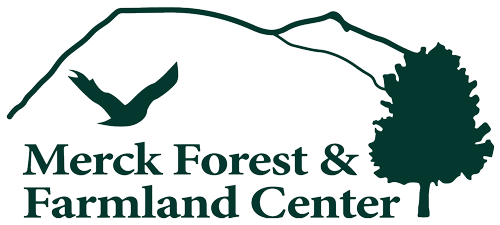Do you ever notice the small changes in the natural world while hiking? Like when one plant replaces another as you get closer to a stream? Or when a chickadee’s call changes when a hawk flies overhead? Maybe you notice larger changes like different trees in the forest canopy or when the wind and clouds predict rain? Do you take a notebook along and chronicle what you see during your trip? If you do these types of things or would like to, perhaps it’s time to nurture your inner naturalist.
In case you are unfamiliar with the term, a naturalist is someone who studies the natural world through firsthand observation and research. A naturalist takes a generalist approach to the natural sciences and through direct experience gathers information about a place’s flora and fauna, geology, weather and cultural history. So if you find naturalism intriguing, here are a few things to consider.
First and foremost, heighten your senses and awareness. As humans, we have weaker senses compared to many other animals. For most of us eyesight is our dominant sense and when we turn it off, our other diminished senses begin to compensate in surprising ways. A good exercise is to put a blindfold on and sit in a forest. You’ll notice textures, sounds, smells, and even tastes will become more intense. If you’d like to go further, you could even get down on your hands and knees and use your senses to explore what’s around you.
Second, you may have to change your approach to life and your hiking style. Are you the type of hiker that barely stops to breathe on the epic quest for the summit? Or are you more child-like, meandering from a flower to a salamander to a tree and on to the next interesting thing. Yes, peak baggers can be naturalists, but it’s the slower pace and attention to details that hones the naturalist’s observational skills.
Lastly, you must develop a “sense of place”. To me, a sense of place is the first hand knowledge of the identity of a landscape. It’s noticing and understanding the interactions of an area’s natural environment including those of the plants, animals, and humans that live there. It’s knowing what existed before the houses and strip malls and what forces created the hills and forest near your home. It’s knowing your watershed, climate, and who lived on the land before you. Gaining this understanding won’t happen overnight. The naturalists who possess a deep, penetrating sense of place usually have lived in one spot for most of their lives.
To start, keep a nature journal as it can be a wonderful tool to record your experiences. In your backyard or your next hike at Merck Forest, try these activities:
1. Sit-spot – Sit outdoors silently and without moving for 20 minutes. Using your journal, describe what is happening around you in as many details as possible. Use any form or style of writing you like. Count how many times you hear and see a creature do something and draw symbols representing the directions and type of sounds. Focus your attention on one square foot of ground and write about the minute details you see.
2. Animal Tracking – Look for tracks in sand, mud, or snow. See what prints and scat you find and describe them in your journal. Afterward use a field guide to help identify the tracks.
3. Nature observations – While outdoors pay special attention to weather, animal signs, changes in vegetation, topography, etc. Use your journal to make drawings sketches, stories, and poems to record what you see. Write down any questions that come up and try to answer them through observation before using other resources.
Becoming a good naturalist will take patience and time. You will have to pay attention, remain curious and ask good questions about what you observe. Over time your naturalist skills and sense of place will deepen. You will be surprised that you’ll actually begin to discover the real stories of a place and then it will be up to you to share them.
I challenge you to find some of the many hidden stories throughout Merck Forest and Farmland Center’s working landscape.
Naturalist Literature:
Coyote’s Guide to Connecting Kids with Nature
by Young, Haas, & McGown
Keeping a Nature Journal
by Clare Leslie and Charles Roth
Tom Brown’s Field Guide to Nature Observation
and Tracking by Tom Brown, Jr.
Vermont Naturalist Organizations:
EarthWalk Vermont
Institute for Natural Learning
Roots School
Vermont Wilderness School
Acorn Naturalists
Blog Post by: Chris Wall
Illustrations by: Niki Sherey
